Philippine Santol Tree
- October 31, 2024
- 0 comment
The Philippine Santol Tree, scientifically known as Sandoricum koetjape, is a tropical fruit tree that holds a significant place in Southeast Asian ecosystems. Known for its round, sweet-sour fruit, it has long been valued both for its nutritional offerings and ecological benefits.
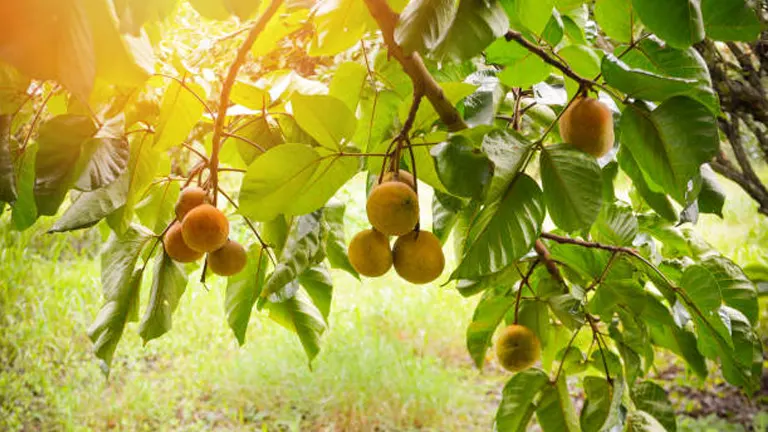
This tree is particularly important for its role in soil health, biodiversity support, and its contribution to the habitats of various wildlife species, making it a vital species in forest ecosystems. It belongs to the Meliaceae family, the same family as mahogany, and offers important contributions to both local biodiversity and sustainable agricultural practices.
What Is a Philippine Santol Tree?
The Philippine Santol Tree, Sandoricum koetjape, is a tall, fast-growing tree that can reach heights of up to 50 feet (15 meters). It features broad, green leaves, and fragrant yellowish or cream-colored flowers that bloom in clusters. The Santol tree’s fruit, roughly the size of a baseball, has a fuzzy exterior and soft, juicy flesh surrounding a large seed, offering a unique combination of sweet and tangy flavors.
| Characteristic | Philippine Santol Tree |
|---|---|
| Scientific Name | Sandoricum koetjape |
| Common Names | Santol, Wild Mangosteen, Cotton Fruit |
| Family | Meliaceae |
| Native Region | Southeast Asia, primarily the Philippines, Malaysia, and Thailand |
| Plant Type | Deciduous tropical fruit tree |
| Size | Can grow up to 15-30 meters tall |
| Leaves | Large, green, glossy, ovate leaves |
| Flowers | Small, fragrant yellowish or cream-colored flowers in clusters |
| Propagation | Typically grown from seeds; can also be propagated through cuttings |
| Drought Tolerance | Moderate drought tolerance once established |
| Cultural Uses | Consumed as a fresh fruit, used in traditional cuisine, and for medicinal purposes |
| Ecological Role | Prevents soil erosion, enriches soil with organic matter, provides habitat for wildlife |
| Notable Varieties | Sandoricum koetjape var. indicum, Sandoricum koetjape var. javanense |
| Hardiness Zones | Suitable for USDA hardiness zones 10-12 |
| Growth Rate | Moderate growth, reaching full size within 5-10 years |
| Lifespan | Can live for several decades, contributing to long-term forest canopy |
The Santol is also known for its robust, fibrous root system, which contributes to soil stabilization and erosion prevention. In addition to its resilience and adaptability, this tree can live for several decades, making it a durable component of the forest canopy.
Interesting Facts:
- Santol trees enrich the soil with organic matter from fallen leaves and fruit.
- The wood of the Santol tree is sometimes used for carpentry and furniture making.
- The leaves and roots of the Santol tree contain natural chemicals that deter certain insects, helping manage local pest populations.
Philippine Santol Tree Species
Though the term “Santol” generally refers to Sandoricum koetjape, there are slight variations within the species, especially in Southeast Asia, where genetic and ecological differences influence tree size, fruit color, and flavor.
Sandoricum Koetjape Var. Indicum
This variety is known for its relatively larger fruit and is found mostly in the Philippines and Malaysia.
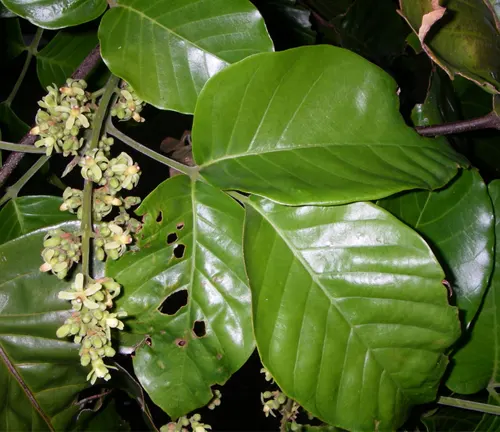
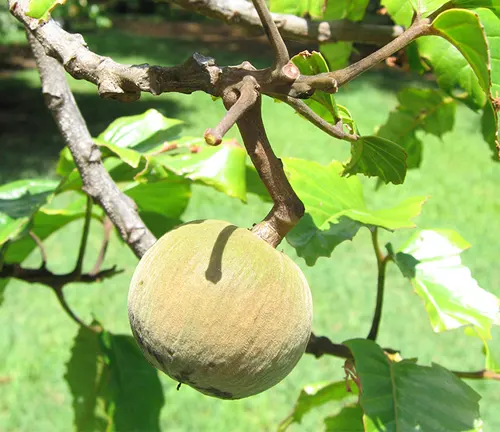
Sandoricum Koetjape Var. Javanense
Native to Java and Sumatra, this variety grows in areas with denser forest cover and often has slightly smaller, less acidic fruits.
These trees vary slightly in appearance and size depending on local environmental conditions, but all provide similar ecological benefits, like supporting native bird populations and stabilizing the soil in their habitats.
Where Do Philippine Santol Trees Grow?
The Philippine Santol Tree is native to the tropical forests of Southeast Asia, especially in countries like the Philippines, Malaysia, Thailand, and Indonesia. It thrives in warm, humid climates and grows best in regions that receive ample rainfall. While it prefers tropical and subtropical regions, the Santol tree can also adapt to various soil types, provided there is good drainage.
Ecological Role: In its native forests, the Philippine Santol Tree provides crucial ecological functions, including:
- Soil stabilization on slopes or hillsides, reducing erosion.
- Shelter and nesting areas for numerous bird species, insects, and other small animals.
- Contributions to forest biodiversity by forming part of the layered forest canopy.
How to Grow and Care for a Philippine Santol Tree
Growing a Santol tree requires patience, but the rewards are well worth it. Here are some key factors to ensure healthy growth:
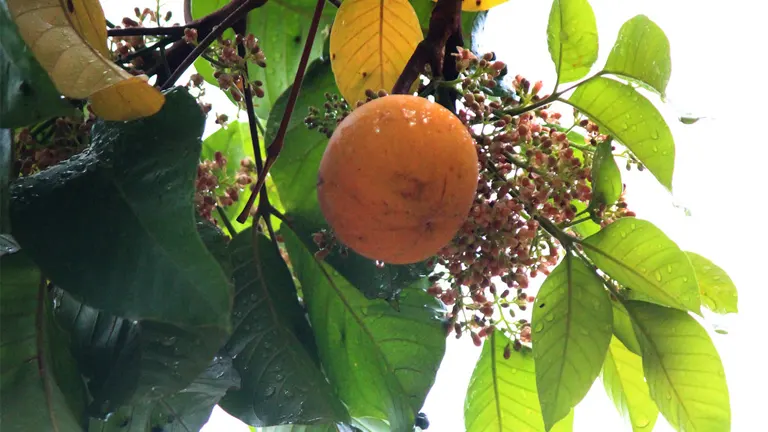
- Soil: Santol trees prefer loamy, well-drained soils rich in organic matter.
- Sunlight: Plant the tree in full sun for optimal growth.
- Water: Regular watering is important, especially during the dry season, though Santol trees are relatively drought-resistant once established.
- Propagation: Seeds are the primary means of propagation, though some growers also use cuttings. Germination typically takes a few weeks, after which the seedlings can be transplanted to their final location.
Maintenance Tips: Prune dead branches periodically to maintain a healthy tree structure. Fertilize the tree with organic compost to enhance fruit production, and monitor for pests, although the Santol tree has some natural pest resistance.
Ecological Benefits of the Philippine Santol Tree
Santol trees play a crucial role in their ecosystems by enhancing soil fertility, reducing erosion, and providing habitat to a variety of species. Their decomposing leaves and organic matter nourish the soil, improving fertility and benefiting neighboring plants. Additionally, the trees act as natural windbreaks, protecting other vegetation from high winds and intense sunlight.
Philippine Santol Tree Flowering and Pollination
The Santol tree produces fragrant, creamy-yellow flowers that attract various pollinators, including bees, butterflies, and small insects, which are crucial for fruit production. These flowers typically bloom in clusters, releasing a mild, sweet fragrance that attracts a variety of pollinators, aiding the broader ecosystem by supporting pollinator populations.
Is the Philippine Santol Tree Drought-Tolerant?
Santol trees exhibit moderate drought tolerance, thanks to their deep root systems. While they thrive in moist, humid climates, they can withstand brief dry spells. To grow Santol trees in drier regions, consistent watering, especially in the tree’s early years, is essential for healthy growth.
Philippine Santol Tree and Wildlife Interactions
Santol trees are essential to many local species, including birds, insects, and small mammals that rely on them for food and shelter. For instance, birds consume the fruit, aiding in seed dispersal across the forest floor. Small mammals may nest in the tree’s branches, and the flowers attract bees and butterflies that support pollination cycles in the ecosystem.
Conclusions
The Philippine Santol Tree (Sandoricum koetjape) is a resilient and versatile species that greatly contributes to tropical ecosystems. It stabilizes soil, supports local biodiversity, and offers fruit that benefits both wildlife and human communities. Its ecological and practical importance underscores the need for conservation efforts, especially as Southeast Asia’s forests face deforestation and habitat loss. By preserving the Santol tree, we contribute to the health of tropical ecosystems, supporting biodiversity and environmental balance.
Frequently Asked Questions (FAQs)
- What is the Philippine Santol Tree?
The Philippine Santol Tree is a tropical fruit tree native to Southeast Asia. It produces round, sweet-sour fruits, and contributes significantly to soil health and biodiversity. - Where does the Philippine Santol Tree grow?
This tree thrives in tropical and subtropical regions like the Philippines, Thailand, and Indonesia, where it prefers warm, humid climates and well-drained soils. - What are the main characteristics of the Philippine Santol Tree?
The Santol tree is known for its large size (up to 50 feet tall), broad green leaves, creamy-yellow flowers, and round fruits with juicy, tangy pulp. - How can you grow and care for a Philippine Santol Tree?
Plant Santol trees in well-drained, loamy soil with full sun exposure. Water regularly, especially in dry seasons, and prune as needed for healthy growth. - What are the ecological benefits of the Philippine Santol Tree?
Santol trees help prevent soil erosion, enrich soil fertility, provide habitat for wildlife, and support biodiversity by attracting pollinators. - Is the Philippine Santol Tree drought-tolerant?
Yes, it is moderately drought-tolerant, with a deep root system that allows it to survive short dry periods once it’s established. - How does the Philippine Santol Tree interact with wildlife?
Santol trees provide food and shelter for various birds, insects, and small animals, playing a key role in local food chains and seed dispersal. - Why is the Philippine Santol Tree important to the ecosystem?
Its roles in stabilizing soil, providing wildlife habitats, and supporting pollinator species make it a vital component of Southeast Asian forest ecosystems.
We hope this guide has shed light on the importance of the Philippine Santol Tree. Have experiences with growing Santol or ideas for its conservation? Share below to inspire others! Don’t forget to share this guide with fellow nature enthusiasts dedicated to preserving our tropical ecosystems.


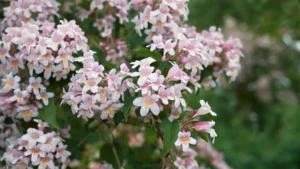

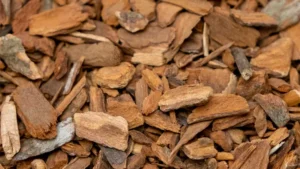

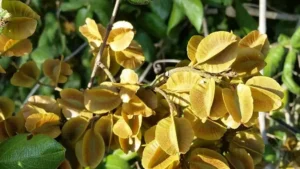
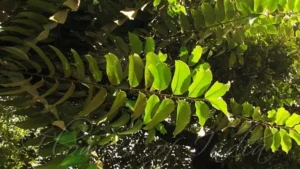

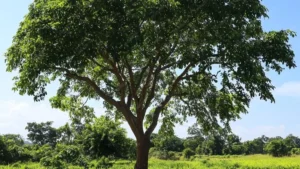

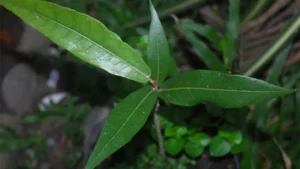
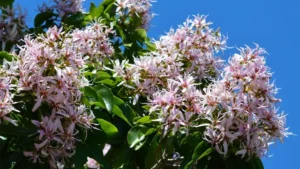
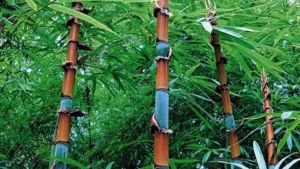
Leave your comment